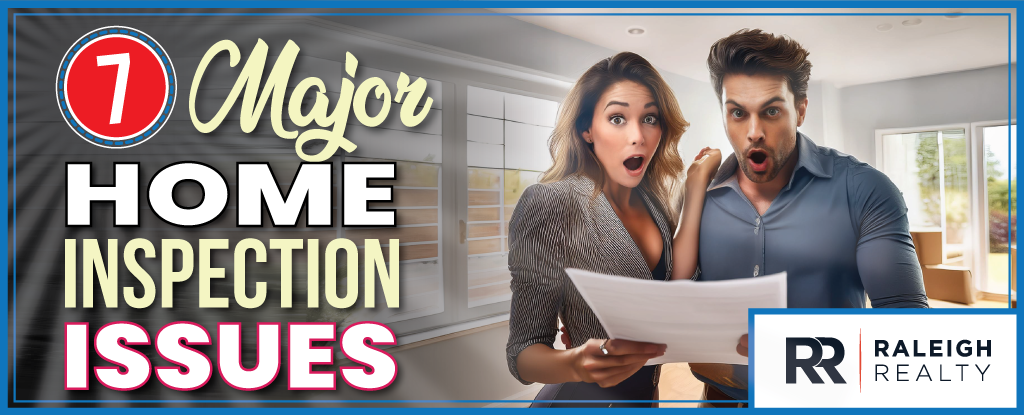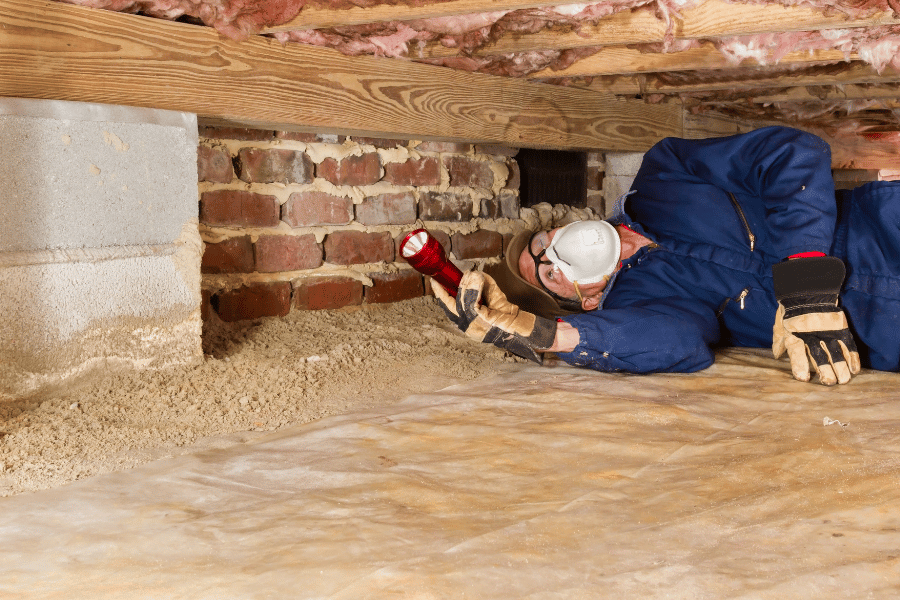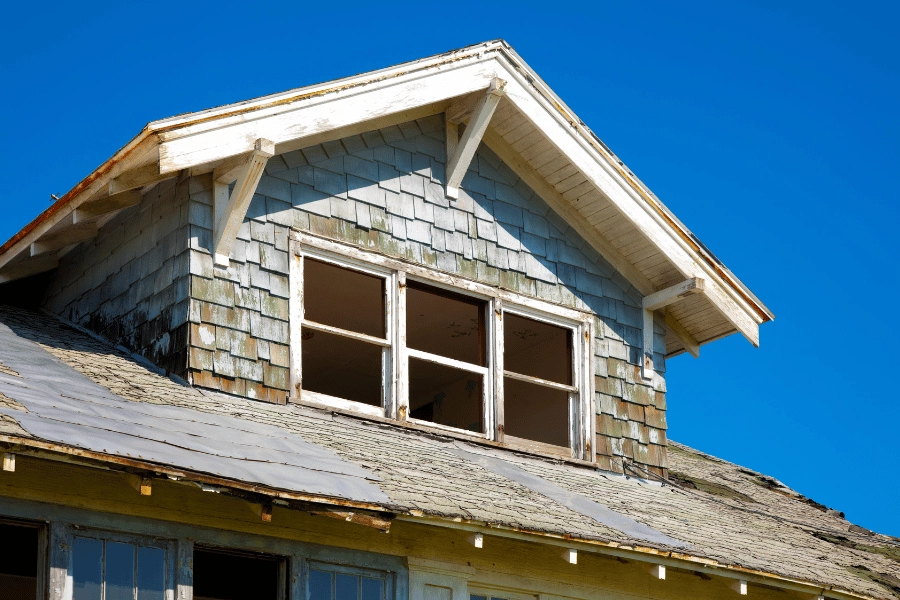Major Home Inspection Issues and How to Handle Repairs
What are the most common home inspection issues? Here are seven major home inspection issues and top tips on handling repairs before buying a home.
A thorough home inspection is one of the most critical steps in the home-buying process. As experienced real estate professionals serving the Raleigh area, we've seen how inspection findings can significantly impact negotiations, closing timelines, and even whether a sale proceeds.
If your home inspection reveals any of these seven significant issues, you may want to negotiate some mandatory fixes with the seller before purchasing the home.
This guide discusses the major inspection issues in homes, how to interpret their severity, and what they might mean for your transaction.
If any of these significant home inspection issues come back on your home inspection report, you'll want to hire experts to come in and evaluate the damage.
Common things will appear on home inspection reports, and this will stem from normal wear and tear. What you don't want showing up on your inspection report are major issues that can cost you tens of thousands, especially if you are buying a home in bad condition.
The process in North Carolina is slightly different than in some other states. Consumers interested in purchasing a home are often allowed to have a home inspection performed to ensure they are making a sound investment.
A deposit, also known as a due diligence fee, is given to the sellers in exchange for taking the home off the market for some time and making it available to perform any tests or inspections that the buyer might want or that the property might warrant.
This step happens after you go under contract and sometimes can happen before. At the end of this inspection period, repairs, financial concessions, or other negotiations may occur before entering the final phase of the contract.
Depending on what has been discovered upon inspection, it may sometimes make sense for a buyer to walk away from the home purchase.
Look out for these major home inspection issues
1. Structural Issues
Structural issues can generally be seen in the attic or crawlspace. The structural elements of a home are the foundation, crawl space, slab or basement, framing, roof, and walls. Sometimes, during construction or renovation, rafters, trusses, or joists can be improperly cut or improperly shored up.
Natural disasters, poor construction, drainage, and settling can cause structural issues. In these instances, it is best to consult with a structural engineer to ensure that the home is structurally sound and that an engineer’s seal can be obtained for resale.
Severe structural issues are rare but worth checking for since they can be financially devastating. In 2025, foundation repair costs an average of $5,165 but can range between $2,218 and $8,111.
What to look for:
- Cracks in foundation walls, especially horizontal ones
- Uneven floors or sloping in one direction
- Doors that stick or won't close properly
- Windows that are difficult to open or close
- Separation between walls and ceilings or floors
- Visible gaps around exterior doors
.png)
2. Roof
Roof issues can include a roof at the end of its life, shingles that have loosened or are broken, exposed nail heads, incorrect flashing, dry-rotted rubber boots around the chimney, and vent pipes, to name a few.
The average range for a roof waranty is between 25 and 50 years, so asking the sellers if the company that put the top on can come out to make the repairs for the labor cost can be helpful.
A roof that shows signs of deferred maintenance can also signal water damage to the sheathing, rafters, and other wood structural elements in the attic area.
Minor roofing issues can generally be quickly dealt with by the buyer after closing. Still, if severe roof issues are noted on inspection, it may be worthwhile to have a roofer quote the repairs and attempt to negotiate credits.
What to look for:
- Missing, curled, or damaged shingles
- Sagging roof sections
- Evidence of previous leaks in attics
- Improperly installed flashing around chimneys and vents
- Gutters that are damaged or improperly pitched
- Insufficient attic ventilation leading to moisture buildup
3. Plumbing
Plumbing issues can span in severity from a leaking faucet to the whole house plumbing system needing repair or replacement. Leaks that have been active for some time can lead to additional problems, such as damage to flooring, subfloor rot, and mold.
Most inspectors will also check for Polybutylene pipes. Polybutylene pipes were standard in construction in the '80s and '90s but, in 1995, were banned from being used due to significant leaking risk. Most have been replaced or retrofitted with new fittings, generally an acceptable mitigation method. If the home inspection notes considerable plumbing problems, it may be time for a professional to provide their opinion.
The pipes themselves are the hardest to inspect when it comes to plumbing issues since they are likely under the home. You'll want to ask your inspector to pay special attention to the plumbing as they are likely going under the house for other reasons and will only report back on the type of plumbing. If anything appears suspicious, it's worth hiring plumbing specialists to review.
Septic tanks and wells are an entirely separate issue, and you will want to ensure you have those inspected if the home has either of those items.
What to look for:
- Leaking or corroded pipes
- Low water pressure
- Slow-draining fixtures
- Water heater age and condition (typical lifespan is 8-12 years)
- Improperly vented plumbing
- Evidence of previous water damage under sinks or around fixtures
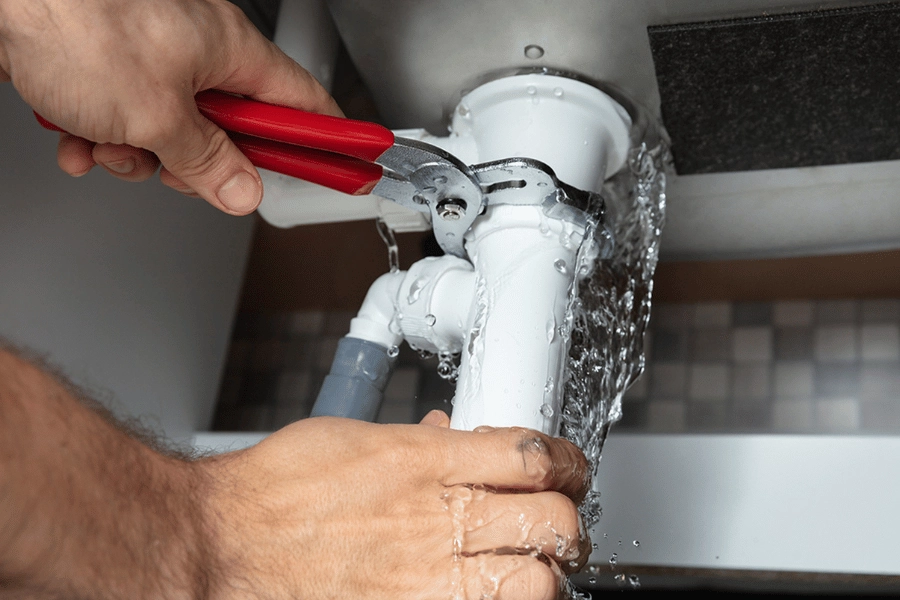
4. Electrical
Electrical issues can be very hazardous, so it may be wise to consult with a licensed electrician about anything noted on an inspection report. Older homes, especially those constructed in the 1970s or older, can have faulty, outdated, or out-of-code wiring and need a whole-house update. Loose outlets and flickering lights are cause for concern, and faulty wiring can pose a significant danger to home occupants.
Another common electrical issue on inspections is a home not having GCFI (ground fault circuit interrupter) outlets installed in areas with water. This includes bathrooms and kitchens. GCFI outlets turn off when wet, which is an electrocution safety precaution. Problems at the service panel or box are also common.
The worst thing about electrical issues found during a home inspection is that you don't know the entire story. The issue could be minor or life-threatening. Electrical issues are nothing to mess with, so be sure to have an electrician come in and inspect the electrical issues in question.
What to look for:
- Federal Pacific Electric (FPE) panels, known for safety issues
- Outdated fuse boxes instead of circuit breakers
- Lack of ground-fault circuit interrupter (GFCI) outlets in wet areas
- Insufficient electrical capacity (less than 200 amp service)
- Double-tapped breakers (two wires connected to one breaker)
- Ungrounded outlets (two-prong instead of three-prong)
- Exposed wiring or improper connections
5. Heating and Cooling System / HVAC
Heating and cooling system issues are standard and can be systems not running as efficiently as they should, ductwork incorrectly installed or not properly sealed, or units at the end of their lifespan. Generally, heating and cooling units have a lifespan of 15 to 25 years, depending on routine service, maintenance, and other care.
An HVAC technician can perform a tune-up to newer systems or can help you price out all new systems. They can also help seal ductwork, change air filters, and assess efficiency issues. Improperly sealed ductwork can intake dust and debris in the crawlspace or attic, leading to allergies in the home, sediment in filters, and energy loss.
If you have issues with the HVAC or if it's reaching its average life expectancy, you can work with the seller to replace the unit. Depending on the team you purchase, the average cost to replace an HVAC system is $7,500.
What to look for:
- Age of system
- Inadequate maintenance history
- Improper sizing for the home
- Unusual noises or odors during operation
- Uneven heating or cooling throughout the home
- Excessive humidity or condensation issues
- Deteriorated ductwork or insulation
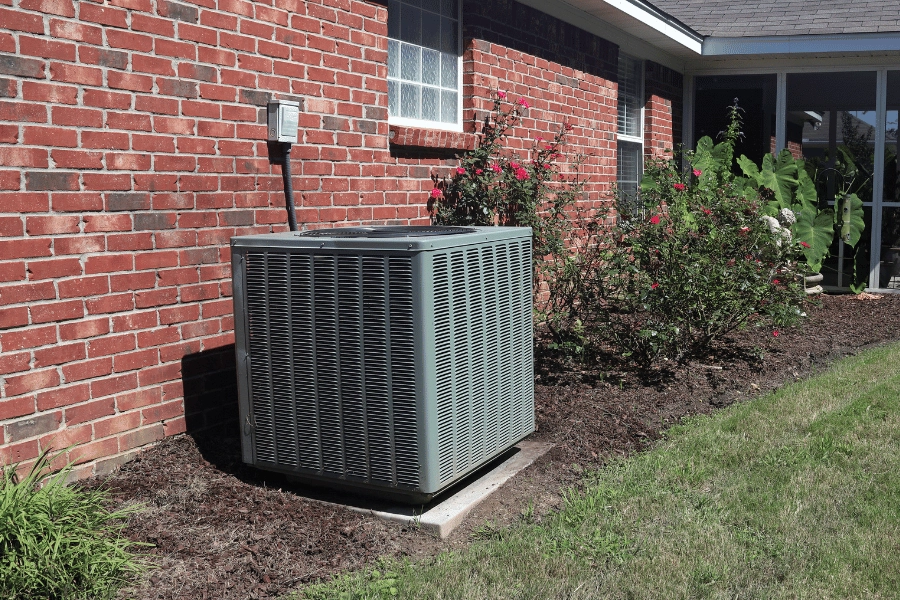 6. Water Damage
6. Water Damage
Water damage is a severe issue as it can affect all parts of the home and, if left unchecked, cause significant repairs. Water damage can come from roofing problems, plumbing leaks, or poor exterior drainage, leading to intrusion.
Water can cause structural integrity issues, wood rot, and mold growth, creating an environment that allows termites to thrive. If moisture, standing water, or dripping is seen in the crawlspace, it may be advantageous to have a professional specializing in restoring and remediating water damage to assess and remedy the cause and quote the cost of the work.
Water damage can be the most expensive of all the major issues a home inspection may encounter because it can cause so much damage. If you leave for the weekend and come home to a pipe burst, you will most likely be looking at tens of thousands in damages and restoration.
What to look for:
- Water stains on ceilings or walls
- Musty odors in basements, crawlspaces, or attics
- Visible mold growth
- Warped or buckling flooring
- Signs of previous flooding
- Inadequate grading around the foundation
- Missing or damaged gutters and downspouts
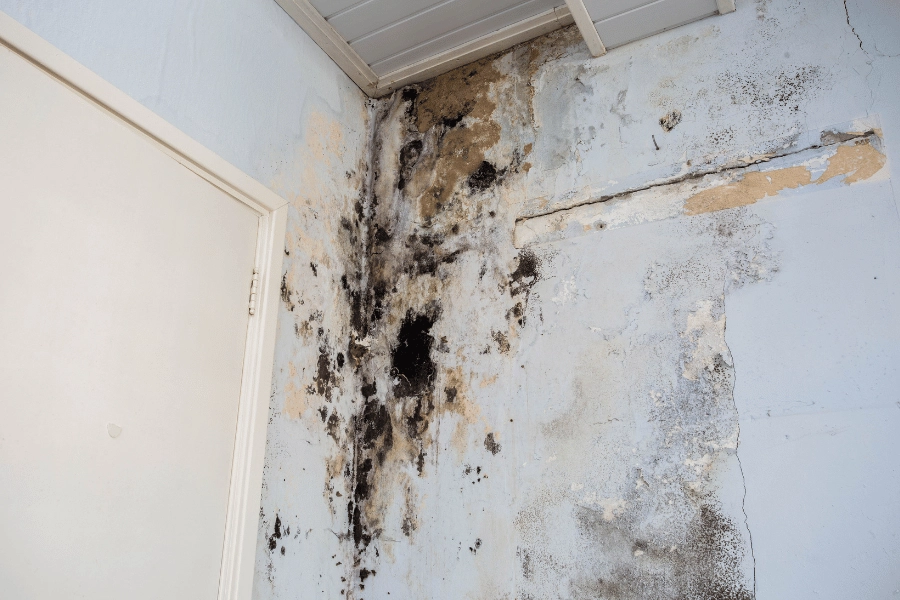
7. Termites
Termite Damage can be extensive and expensive, depending on how long the pests have been active. When you hire your home inspector, you should ensure you also have the home checked for termites because these pests can cause severe problems with the house.
If the home is plagued by termites, it is best to have it under a termite bond with a local pest company that provides routine and scheduled treatments throughout the year.
Conditions that lead to termites taking up residence are moisture and wood elements in contact with the ground. Visual signs of termites can be mud tubes in the crawlspace or, in severe instances, the termites themselves.
Since termites eat wooden structures, they can access, treatment and replace the affected parts can range in severity and cost. The average price of remediation if they’ve done damage is $1,000 to $10,000. Most termite bonds or treatments cost a few hundred dollars.
What to look for:
- Mud tubes on foundation walls
- Hollow-sounding wood when tapped
- Discarded wings near windows and doors (swarmers)
- Small holes in wood with sawdust-like material
- Visible damage to wooden structural elements
- Evidence of previous treatment (drill holes in concrete)
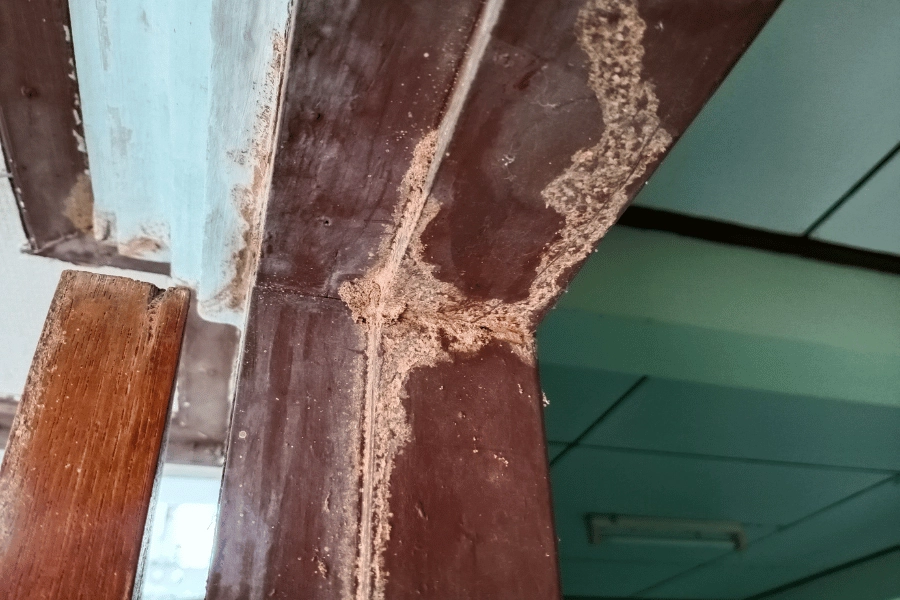
Methodology
To determine common major home inspection issues, data was sourced in April 2025 from Angi.
FAQs
Do home loans have inspection requirements?
In some instances, repairs may be mandated by the lender for the loan to close. If this is the case, then the repairs must be done before closing. Two loan types that have a high lender risk (high loan-to-value ratio) are FHA and VA loans. These two loan types, therefore, have more stringent inspection requirements.
FHA Loan Inspection Requirements include extra attention to detail regarding the homeowner's or occupant's safety and health. The FHA appraiser or inspector will look for potential safety hazards while conducting the appraisal, such as structural damage, moisture, termites, adequate heating, and the ability of emergency services to access the property if need be.
VA Loan Inspection Requirements include attention to safety hazards as well. The home must have safe access by pedestrians or vehicles, be free from encroachments (neighbor or seller building over property lines), have good drainage and not be in a flood zone, free from wood decay or rot, have no signs of moisture, free from or treated for termites. If the home has lead paint, it must have been acceptably mitigated.
What is the cost of a home inspection?
A home inspection typically takes two to three hours but also depends on the home's size, condition, and age. The cost of home inspections also depends on the size and age of the home but average cost is $343. The buyer is responsible for paying for the home inspection unless the seller conducts one before selling.
Other inspections or tests that home inspection companies generally offer are radon testing (between $125 and $400), termite inspection (between $75 and $325 ), septic (around $540), or well inspections (range between $300 and $600) if applicable. Since mitigating any issues related to these tests can be costly, it is generally a good idea for homebuyers to consider having them checked out. It may sometimes be helpful to have specialists quote the work needed or provide further professional insight on any issues.
Is a home inspection required?
A home inspection is not a requirement for buying a home though it is strongly recommended. A home is a significant investment, and one of the best ways to protect your investment is a home inspection that gives you a detailed report on the home's condition. Knowing the age of some of the big-ticket items mentioned above will go a long way in protecting and preserving your investment.
When moving into a new home, you want peace of mind that you're not walking into major home repairs that could cost tens of thousands of dollars. A home inspection is one of the best ways to ensure this won't happen to you.
Final Thoughts on Major Home Inspection Issues
Virtually every home will have some issues identified during inspection. The key is understanding which problems represent significant safety or financial concerns versus those that are minor maintenance items.
Your home inspector can help explain the action items or things they recommend fixing, and your real estate agent can highlight the big-picture items that you might want to ask the sellers to remedy in some way.
Often repairing these significant issues can go towards your homeownership tax breaks. It's always a great idea to communicate with your home inspector throughout the process to be sure the home you're purchasing is a sound investment, one you can be comfortable calling home.
If you are moving to Raleigh, the experts at Raleigh Realty can connect you with the right inspection resources.
